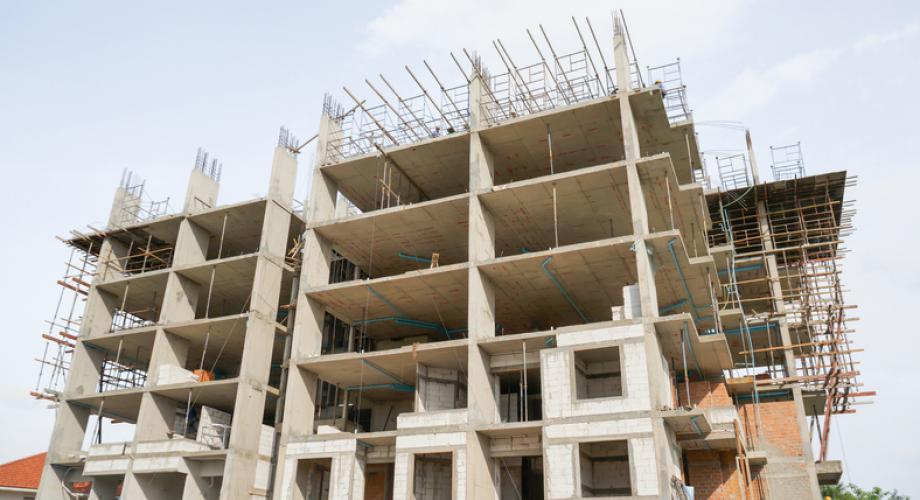Data for residential starts and permits offered a mixed bag to begin the year.
New residential construction is off to an up and down start in 2021. According to the U.S. Census Bureau and the Department of Housing and Urban Development (HUD), overall building permits in January increased compared to December and January 2020. However, privately owned housing starts were down during the same time frames. Housing completions were 2.3% below December’s data but 2.4% above January 2020.
The Census Bureau and HUD announced seasonally adjusted permits in January were up 10.4% from December and 22.5% from the year prior. Multifamily permits increased to 557,000, 28% higher than December and 7.9% above January 2020. This is the highest rate of multifamily permitting since June 2015 and the largest number of January permits since 1990.
Total buildings authorized but not started increased nearly 10% from December to January and almost 16% year over year, according to the Census Bureau and HUD. Multifamily saw a modest improvement of 3.6% from January 2020 but a more than 10% jump from December.
Overall housing starts declined 6% from December and 2.3% from January 2020. The seasonally adjusted annual rate dropped to 1.58 million units. Economists predicted the rate would decline to 1.658 million units, according to Reuters. There was a significant drop of more than 35% from January 2020 for multifamily, but the sector improved more than 16% from December and achieved its highest rate since July 2020.
Housing starts are still above pre-pandemic levels, according to Bloomberg, but factors like the sky-high cost of lumber continue to affect construction.
Softwood lumber increased 73% from January 2020 to January 2021, and it has jumped 14% from December 2020, according to the Bureau of Labor Statistics. Stephen E. Sandherr, CEO of the Associated General Contractors of America, called the lumber issue a “growing threat to multifamily housing” in a recent letter to President Biden.
“Though the multifamily sector is performing much better than nonresidential construction, developers are facing stiff headwinds in 2021,” said National Association of Home Builders Chief Economist Robert Dietz in a press release. “Shortages and delays in obtaining building materials, rising lumber and [oriented strand board] prices, labor shortages and a more ominous regulatory climate will aggravate affordability woes and delay delivery times.”
Meanwhile, the Census Bureau and HUD reported completions were down slightly from December and up roughly 2.4% from January 2020. Multifamily completions did not have the same productivity level, sinking more than 28% from December and nearly 24% from January 2020. This was the lowest level of completions since February 2020.
Analysis from Dodge Data & Analytics shows multifamily housing starts declined 12% for the 12 months ending January 2021. The largest multifamily building to break ground in January 2021 was a $200 million residence in Massachusetts. There was also a $153 million mixed-use building in Virginia and $112 million apartment community in Chicago.
